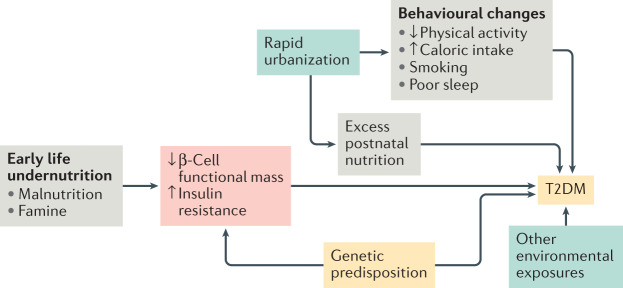Fig. 3. Key factors influencing the development of T2DM.
According to the developmental origins of health and disease hypothesis, fetal or early life exposure to undernutrition results in low birthweight and adaptive responses characterized by reduced β-cell secretion and increased insulin resistance. Genetic predisposition to type 2 diabetes mellitus (T2DM) probably also contributes to these changes, as proposed by the fetal insulin hypothesis. In the context of the rapid pace of urbanization in India and China, the postnatal environment often provides excess nutrition, which further exacerbates the risk of T2DM. Health-related behaviours such as low levels of physical activity, high caloric intake, poor sleep and smoking independently raise the risk of T2DM255–258. Some genetic variants that predispose to T2DM seem to be unique among populations of east and south Asian ancestry. However, currently identified genetic variants explain <10% of the estimated 30–70% heritability of T2DM263–265. This figure is not exhaustive; concepts have been simplified here for the purposes of illustration.

